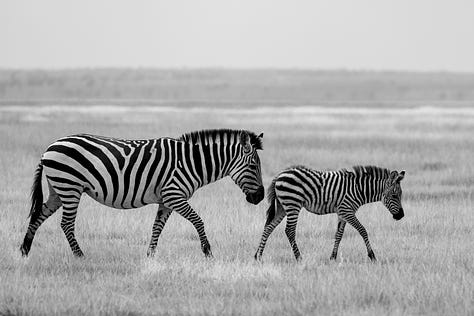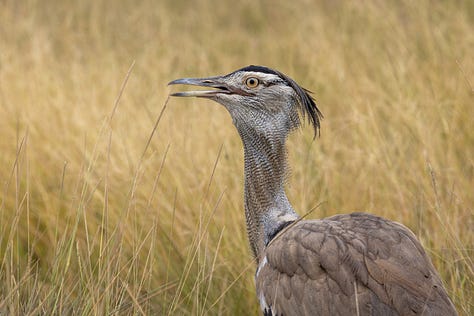In early June, I traveled to Amboseli National Park with my family for a mini three-day safari. Amboseli is famous for impressive views of Mount Kilimanjaro and for its “Big Tuskers”, a population of elephants with tusks that each weigh over 50kg and can reach the ground. Kenya’s Big Tuskers are under constant threat from poaching and there are only 25 left in the world. While in Amboseli, I was able to learn more about the work the Tsavo Trust is doing through their “Big Tusker Project” in order to project the remaining Big Tuskers as well as the research the Amboseli Trust for Elephants has been conducting since 1972. From our safari vehicle, I was able to watch researchers from the Amboseli Elephant Trust collecting their data on different elephant families. Amboseli is unique in that the population of elephants has been steadily increasing since the 1970s due to the protection of the local Masai people, Kenya Wildlife Service rangers, and the presence of the Amboseli Trust for Elephants researchers. This has allowed researchers to monitor a large population of elephants whose societal structures have not been altered by disrupted age structures. The trust has followed more than 3,500 elephants from birth to old age, collecting data on their social structure, behavior, genetics, and natural population patterns.
It was incredible to see so many large herds of elephants traveling across the landscape and observe incredibly important research in action. We were lucky enough to spot Craig, one of the most famous Big Tuskers. Craig is known not only for his impressive tusks, but his calm, curious, and friendly demeanor. He came close to our safari vehicle and seemed to be enjoying watching us just as much as we were enjoying watching him.
The next day, we also had a close encounter with Ganesh, a large bull-elephant with only one trunk who will likely be a big tusker one day. Ganesh was likely in musth, a period where bull elephants experience a surge of testosterone, resulting in heightened aggression and sexual behavior. Elephants in musth typically have more pronounced temporal gland secretions and constantly dribble their urine which has a very distinct, strong smell.
Ganesh came quite close to us, flaring his ears.
Our last morning in Amboseli we got up very early to go on a hot air balloon safari at sunrise with Kilimanjaro Balloon Safaris. We climbed to 12,500+ ft above sea level and over 7,000 ft in the air. From above the clouds we were able to see Kilimanjaro in all her glory. It was a little scary to be hanging in a basket in clouds, but was truly a once in a lifetime experience. From a lower altitude we were able to spot hundreds of plains zebra, a few towers of giraffes, herds of impala, and a couple elephants. We also saw some manyattas, traditional Masai settlements, from above.









I practiced my birding skills throughout the trip, identifying over 70 species. Some of my favorites were the African Crown Cranes, Secretary Birds, Lilac-Breasted Rollers, Flamingos, and Kori Bustards. Our guide Jeremy was from Samburu and he helped me brush up on my Kiswahili and Maa, the traditional language of the Masai and Samburu communities. He gave me the nickname Nashipae, which means always smiling in Maa. I loved seeing all the animals looking healthy from the recent rainy season and plentiful browse.









All photos taken by Sammy Njorge Follow Sammy on Instagram









Amazing experience and terrific photos!
Awesome pics! And loving the birds!